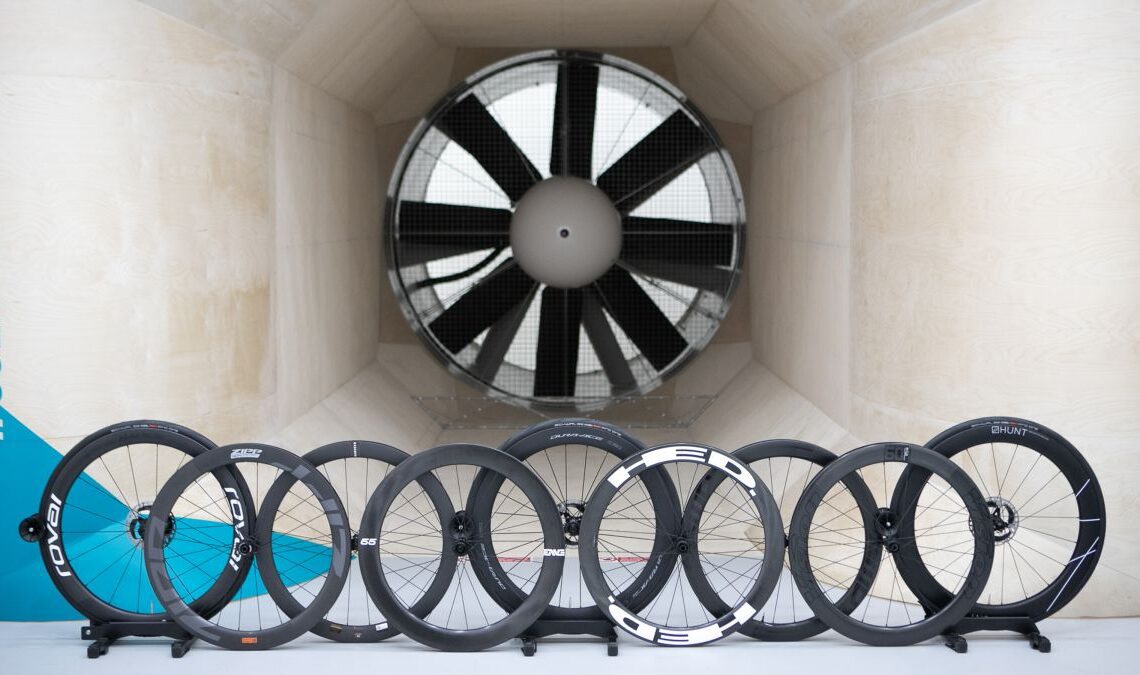When it comes to buying aero wheels for a road bike, there are a few considerations cyclists need to make. Compatibility with your bike, groupset and brakes are naturally going to be top of the priority list to ensure you can actually use them, but that’s not exactly why we’re buying them in the first place, is it? Tyre compatibility is another factor, and while we all get passionate when discussing why we prefer tubeless or clincher tyres over the other, it’s still not what gets our blood pumping.
There are two main motives when it comes to choosing the best road bike wheels: those worried about riding uphill will focus on weight, likely before rattling off a rant about rotating weight being worth double (a still annoyingly common myth), but for the majority of us, the most important metric will be aerodynamics. Want to go faster for less effort? Of course you do.
Brands know this, so rare is the day that a brand launches a new set of aero road bike wheels without some sort of claim about how they’re faster than their predecessor or the competition. The claim often originates from some sort of wind tunnel or aerodynamics testing, and looks something like “these new wheels are three watts faster than…” or “will save you 32 seconds over a 40km time trial”. Naturally, we are forced to take these claims with a pinch of salt, as each brand is biased towards marketing its own product.
With that in mind, when we were invited to Silverstone Sports Engineering Hub wind tunnel and offered the chance to bring a few wheelsets along, we jumped at the chance to be able to provide independent testing across various different wheelsets. We reached out to as many brands as possible and managed to get our hands on 10 pairs, and we’ve outlined the results below.
Aerodynamics is measured in CdA, or the Coefficient of drag x Area, which is quantified in metres squared, or M². The drag coefficient is effectively a definition of how easily air passes over an item’s surface. This is primarily affected by the shape of the item – for example, a bullet will have a lower drag coefficient than a coin, even when their size (or Area) is the same, due to its shape – but it can also be affected by surface material, and that’s why many cyclists wear aero socks instead of bare legs. The area is quite simply the item’s frontal area, or size.
To go faster, you need a lower CdA (in the context of aerodynamics, at least) and this can be achieved by making your area smaller, or by…
Click Here to Read the Full Original Article at CyclingNews RSS Feed…

